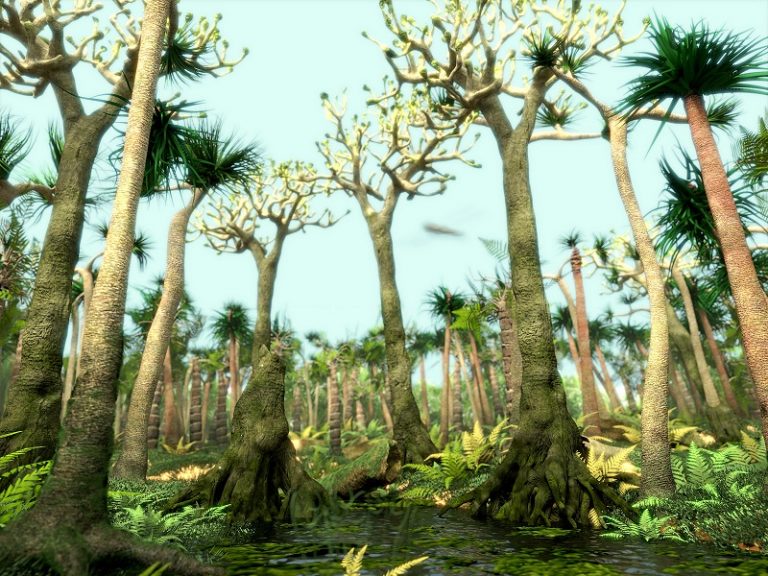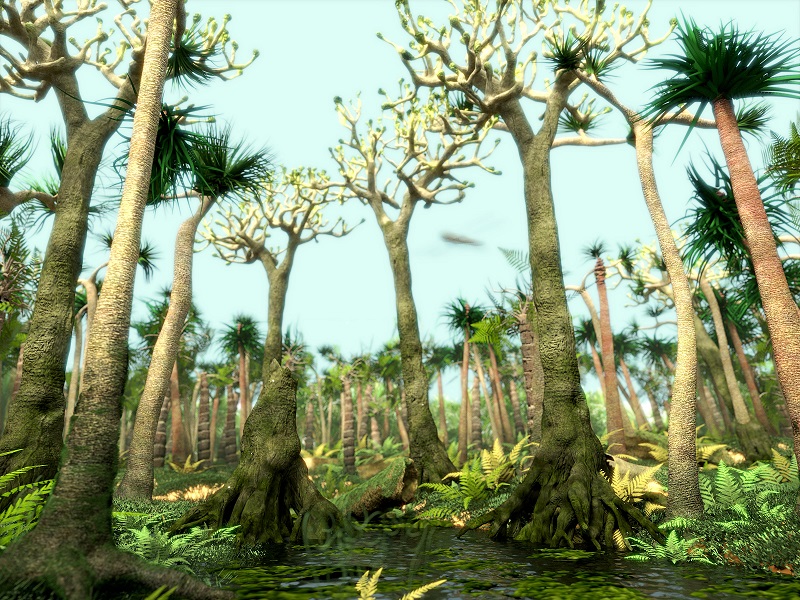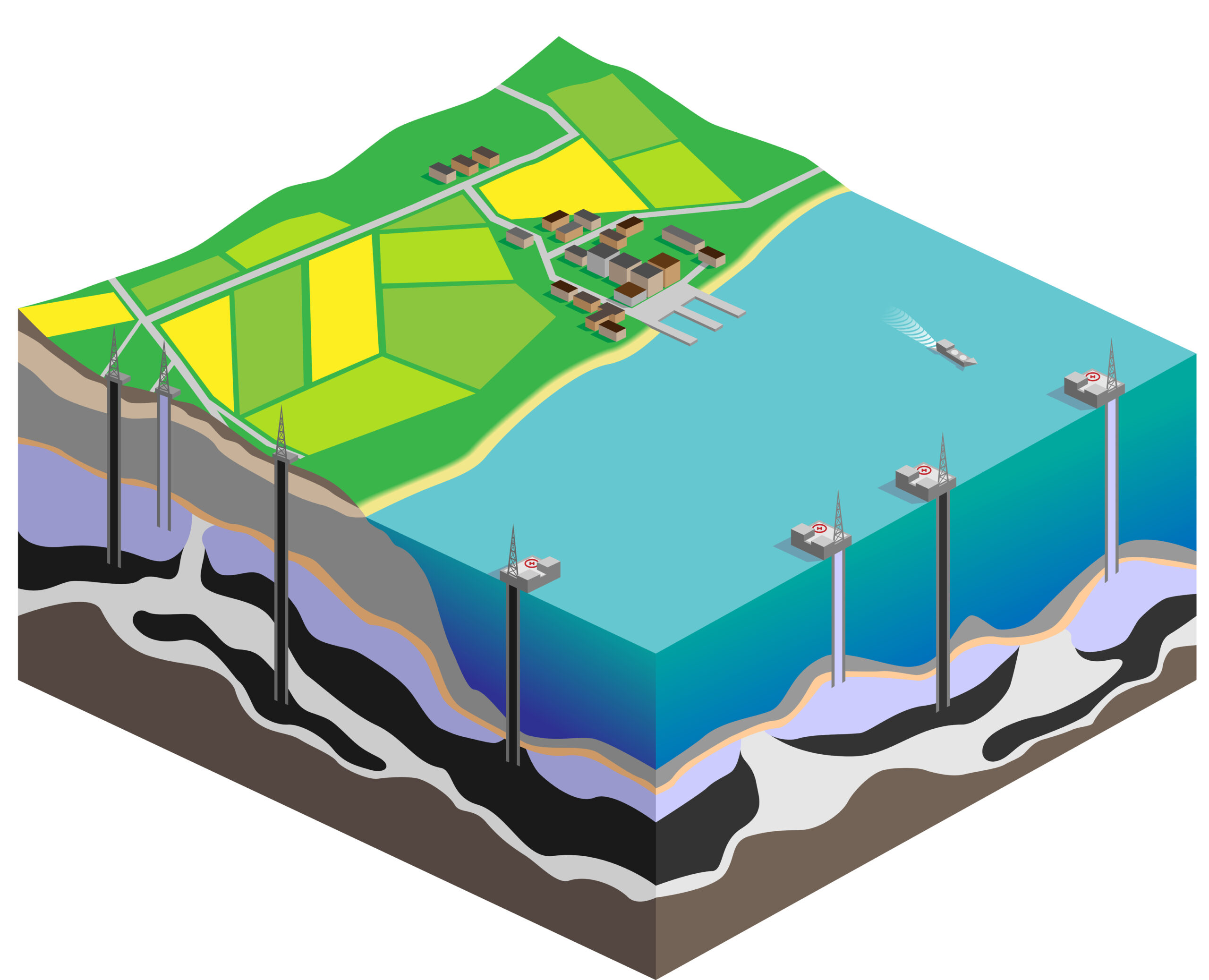
Don’t Go Draining Every Swamp
“Drain the swamp” – the term alludes to the historical draining of swamps to keep mosquito populations low to combat Malaria. But the term has recently been used by US President Donald Trump to describe his plans to fix problems in the federal government.
Have you ever sat and observed what happens in swamps? Any waterlogged environment with moderate levels of decomposition create the anaerobic conditions needed for methanogenesis, but the amount of water and decomposition will affect the magnitude of methane emissions in a specific environment. Ebullition refers to the sudden release of bubbles of methane into the air. These bubbles occur as a result of methane building up over time in the soil, forming pockets of methane gas.
“Fair is foul, and foul is fair, hover through fog and filthy air.” ― William Shakespeare, Macbeth
Peatlands are wetlands that contain a large amount of peat, or partially decayed plant life. When peatlands are first developing, they often start out as fens, wetlands characterized by mineral rich soil. These flooded wetlands, with higher water tables, would naturally have higher emissions of methane. Eventually, the fens develop into bogs, acidic wetlands with accumulations of peat and lower water tables. With the lower water tables, methane emissions are more easily consumed by methane consuming bacteria and never make it to the atmosphere. Over time, the peatlands develop and end up with accumulated pools of water, which once again increases emissions of methane.

Natural gas is a naturally occurring hydrocarbon gas mixture consisting primarily of methane but commonly including varying amounts of other higher alkanes (paraffins). It is formed when layers of decomposing plant and animal matter are exposed to intense heat and pressure under the surface of the Earth over millions of years. The energy that the plants originally obtained from the sun is stored in the form of chemical bonds in the gas.
Natural gas is found in deep underground rock formations or is associated with other hydrocarbon reservoirs and in coal beds. Petroleum is another resource and fossil fuel found in close proximity to and with natural gas. Most natural gas was created over time by two mechanisms: biogenic and thermogenic. Biogenic gas is created by methanogenic organisms in marshes, bogs, landfills, and shallow sediments. Deeper in the earth, at greater temperature and pressure, thermogenic gas is created from buried organic material.
Gardens are not made by singing ‘Oh how beautiful’ and sitting in the shade – Rudyard Kipling
Do you work in the oil and gas industry but you are not a geoscientist? Have you wondered how oil and gas is formed, how it moves in the subsurface and how it is trapped and then exploited? Would you like to know more about the processes in the upstream part of the company from new ventures to exploration, discovery, appraisal, development and then production? Are you part of a company that isn’t a part of you?
Well, PetroKnowledge has just the course for you titled Petroleum Geology for Non-Geologists and it is going to be held in Dubai, UAE from the 6th to the 10th August 2017. PetroKnowledge offers multiple training courses in Dubai for the oil and gas industry. Register for this training course now and remember if you:
“Look deep into nature and then you will understand everything better” – Albert Einstein

